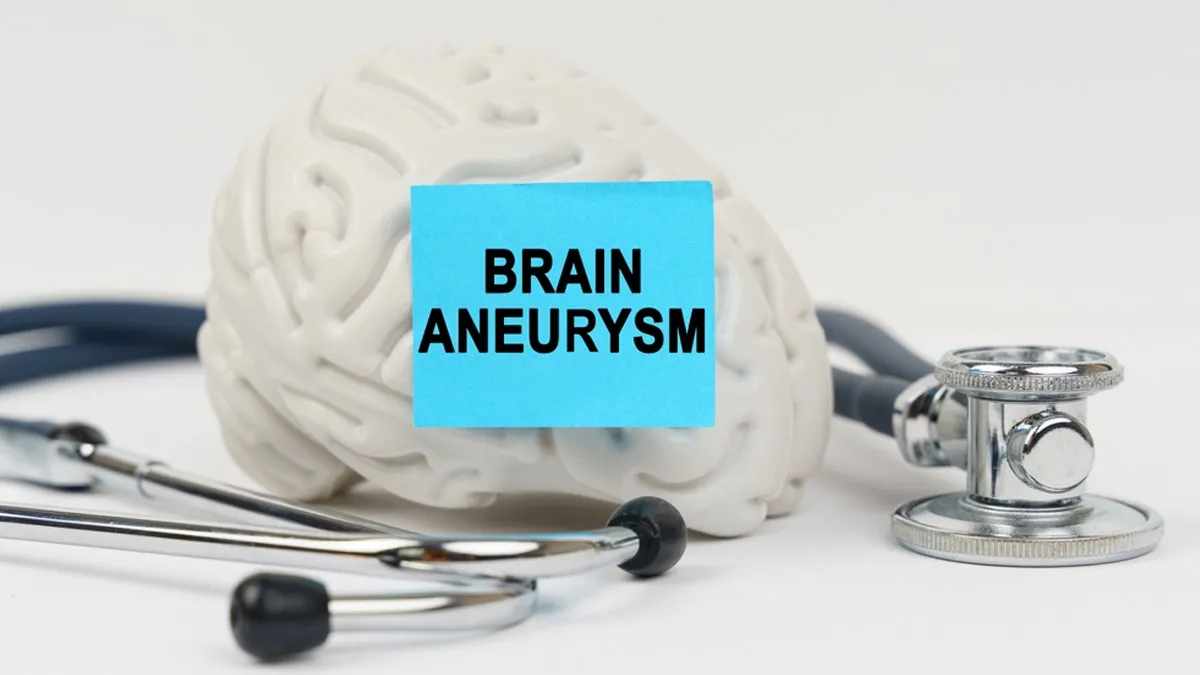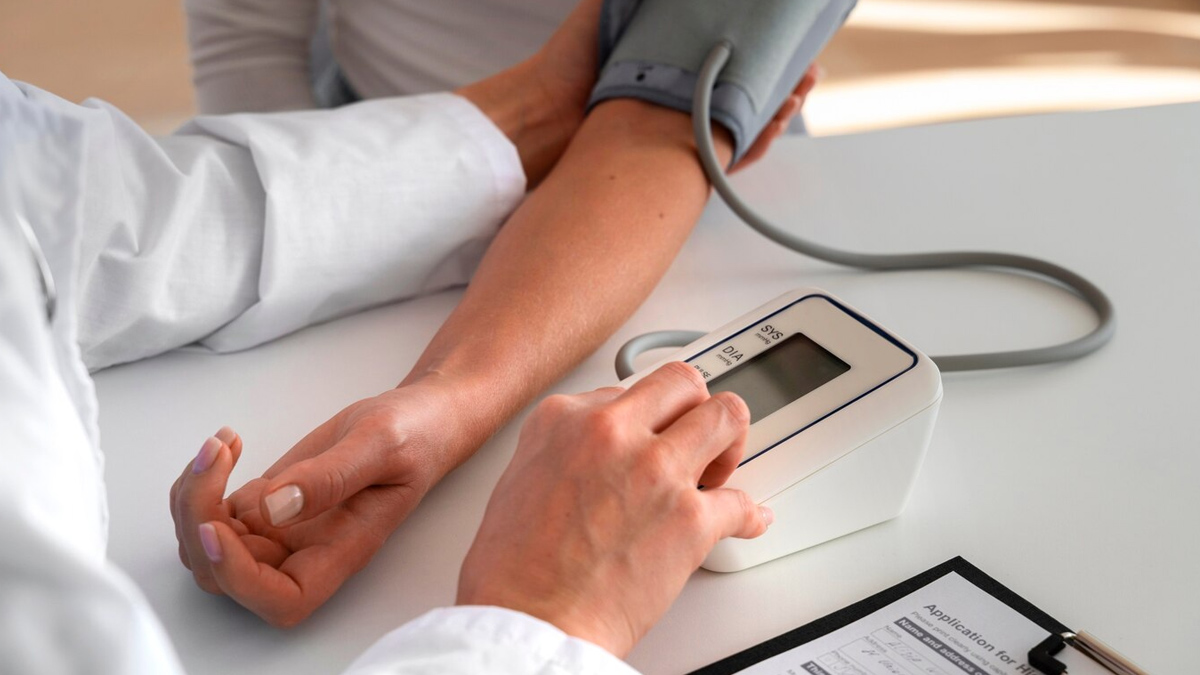
Brain aneurysms can go unnoticed until it's too late. They're also referred to as 'silent killers,' since they don't normally present themselves with symptoms unless they compress on nerves or rupture, causing deadly complications. But understanding what they are, who’s at risk, and how to take preventive action can make a real difference in safeguarding your health or that of a loved one.
Table of Content:-
We spoke to Dr Sheetal Goyal, Consultant Neurologist, Wockhardt Hospitals, Mumbai Central, who explained brain aneurysms, their symptoms, risk factors, and preventative tips.
What Is a Brain Aneurysm?

"A brain aneurysm is a swelling of a blood vessel in the brain that can leak or rupture, leading to bleeding in the brain (haemorrhagic stroke). Most brain aneurysms are small and unruptured, posing little to no risk," said Dr Goyal. But the problem is that some are unpredictable: some will burst unexpectedly and have catastrophic consequences.
According to the National Institute of Neurological Disorders and Stroke (NINDS), some aneurysms, especially small ones, usually do not rupture or cause any complications. These are generally discovered during imaging tests done for other medical conditions. Aneurysms can develop at various brain locations but most commonly in large arteries at the base of the skull. Treatment varies based on the individual aneurysm and may range from surgery to medical procedures, drugs, or simply watching over the years.
Also Read: What Is Aneurysm? Here Are Its Symptoms, Causes, Diagnosis And Treatment
Symptoms of Brain Aneurysm
Here are some signs to be aware of, as listed by the expert:

- Sudden, severe headache
- Blurred vision
- Neck stiffness
- Nausea
- Loss of consciousness
In some cases, unruptured aneurysms can compress nerves, causing vision issues or numbness in the face.
Who Is at Risk?
Here are some risk factors shared by Dr Goyal:

- High blood pressure (hypertension): This puts extra pressure on artery walls, which progressively weakens them.
- Smoking: Tobacco is bad for blood vessels and can increase the likelihood of aneurysm growth and rupture.
- Family history: If there is a close relative who has had a brain aneurysm, your risk may be higher.
- Age and gender: Aneurysms are more common in people over 40, and women have a higher incidence than men.
- Connective tissue disorders: Conditions, including Ehlers-Danlos syndrome, make blood vessel walls weaker.
- Alcohol and drug abuse: Particularly the use of cocaine or other stimulants that may elevate blood pressure to harmful levels.
How To Prevent Brain Aneurysm?
Preventive treatment begins with controlling these risk factors.

- Check your blood pressure frequently and keep it in a healthy range.
- Stop smoking if you do, and avoid secondhand smoke.
- Limit alcohol use and refuse recreational drugs.
- Exercise regularly to keep your cardiovascular system healthy.
- Eat a balanced diet that is high in fruits, vegetables, and whole grains to promote healthy blood vessels.
- Handle stress, as long-term stress can lead to high blood pressure.
- Talk to your doctor if you have a family history about screening possibilities, such as MRI or CT angiography.
Also Read: What Is Glioblastoma? Exploring The Incurable Brain Cancer Diagnosed By Michael Bolton
Diagnosing Brain Aneurysm
Early detection by regular brain scans is uncommon but could be advised for those at high risk. If an aneurysm is identified, treatment methods vary from watchful waiting to surgical intervention, such as clipping or endovascular coiling, depending on size and location.
Bottomline
Dr Goyal concluded, "Brain aneurysms don’t always give you a warning, but your lifestyle choices and awareness can act as powerful prevention tools. Don’t wait for symptoms to take action. If you experience a sudden, severe headache unlike any you’ve had before, seek emergency care immediately. With timely intervention and lifestyle adjustments, brain aneurysm complications can often be avoided."
[Disclaimer: This article contains information provided by an expert and is for informational purposes only. Hence, we advise you to consult your professional if you are dealing with any health issue to avoid complications.]
Also watch this video
Read Next
Are Your Kidneys Trying To Tell You Something? 5 Signs Of Kidney Damage That Appear At Night
How we keep this article up to date:
We work with experts and keep a close eye on the latest in health and wellness. Whenever there is a new research or helpful information, we update our articles with accurate and useful advice.
Current Version